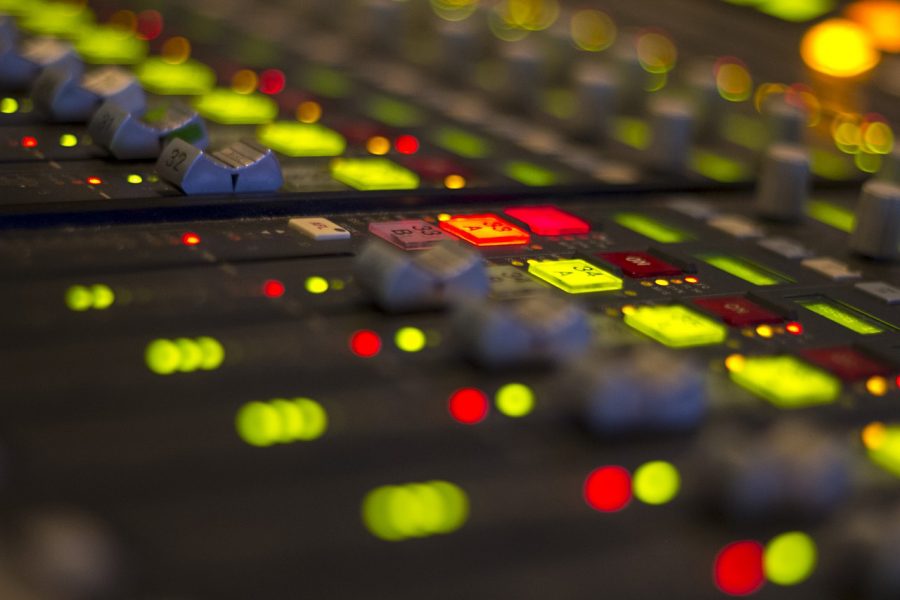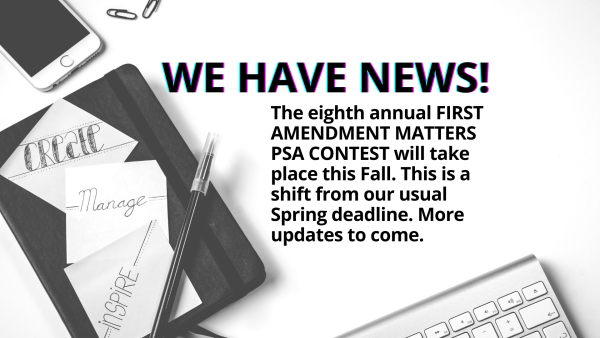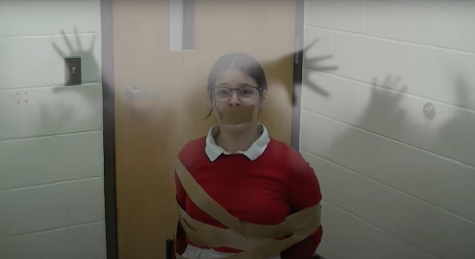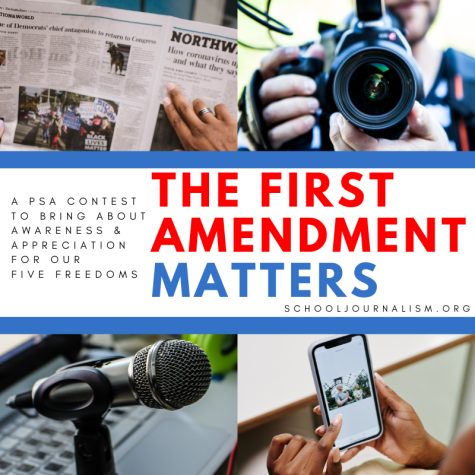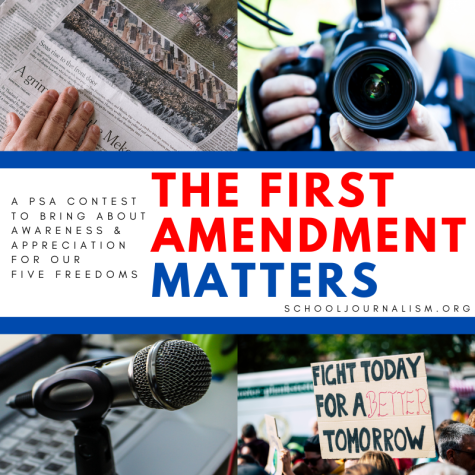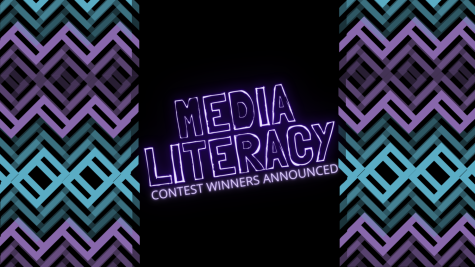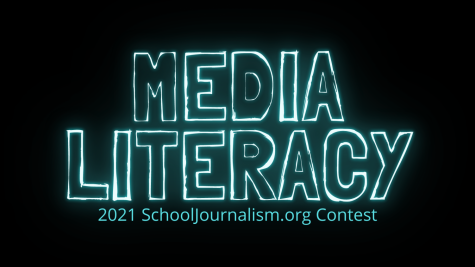Building a Broadcast Studio
Broadcast studios are notoriously expensive and complicated. In the last six years, I have attempted again and again to create a studio that is effective and affordable. Thanks to a $500 Lowe’s Toolbox Grant I was able to provide a professional space for video and photography (the shopping list is here). This type of grant doesn’t buy everything you need, but it was a good start.
First, a permanent space is needed so you don’t have to disassemble your backdrop and set up lights every time. My design could be used inside a classroom with a little work. I am fortunate I share an advanced-art studio in the school’s art department across the hallway from my classroom. The studio floor space is 10’x13’ within a room that is about 16’x40’. The extra width and length is helpful for storage.
The frustration of spending 30 minutes to set up the studio every time motivated me to come up with a way to create a versatile and semi-permanent studio. I had been using shop lights bought from garage sales for years. These tungsten lights produce tons of light, but are very hot. I do not feel comfortable leaving the lights and students unattended for fear of burns or fire.
My initial equipment research revealed very expensive professional options. I wanted to use LED lights because they are cool and dimmable. What I realized is for one-third the cost I could buy compact florescent bulbs, fixtures with soft boxes. I did buy two dimmable LED lights that can also run on battery power for on-location shoots.
I highly encourage you to communicate with your building maintenance staff to follow safety guidelines.
I decided to use scissor mounts to secure lights on the drop ceiling instead of using light stands. I can’t tell you the number of times I have seen student trip over or bump into light stands. I used dowel rods and umbrella brackets to lower background lights. I’ve noticed if you shine light from the ceiling it produces hot and a dark spots on green screens.
My favorite part of this studio is using roller tracks for backdrops that can totally surround the studio. This makes a major difference in producing a professional environment. I was very fortunate to get most of my railing and hoods free from two nurse’s offices that were being closed in my district.
I was not able to purchase a matching rail system so my backdrops are limited in where they can slide. This is a non-issue because the interchangeable white, black and green backdrops are all placed in the back of the studio. The rest of the studio has black backdrops. It’s also easy to slide backdrops away to access storage. I am fortunate to already have a grommet making kit to modify my backdrops for the rail system.
All of these ideas did not come overnight. I have a long history of producing photography on a budget. I was a photojournalist for 15 years for small-town newspapers where there was no money for fancy equipment. Last year I learned tons about lighting as the lead camera operator on an independent feature film. I have used sheets on a PVC pipe frame and I’ve used donated rolls of linoleum painted green for backdrops.
Lastly, I would not have been able to install all this equipment during the regular school year. Summer school students were willing and able to put most of the studio together. The extra funds needed were raised through school event DVD sales.
Eric Adams teaches broadcast journalism at Lebanon High School, Lebanon, Mo.



